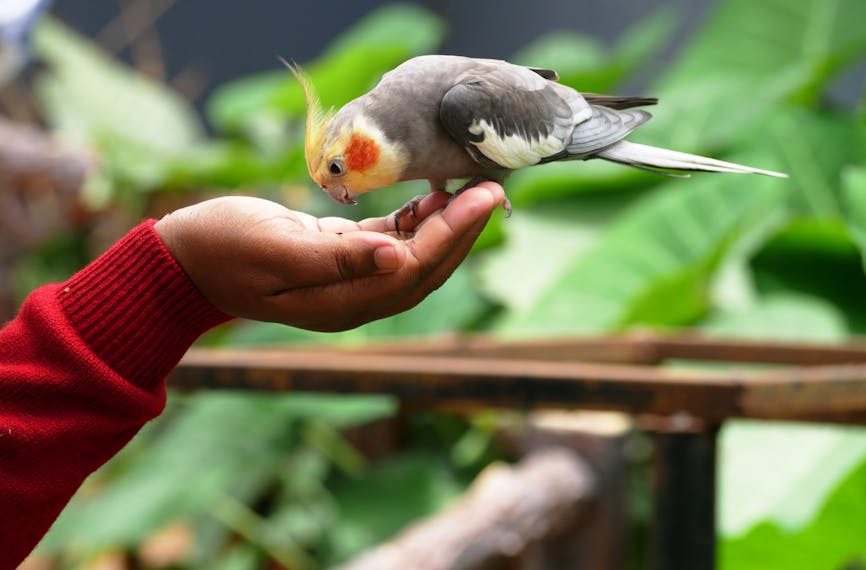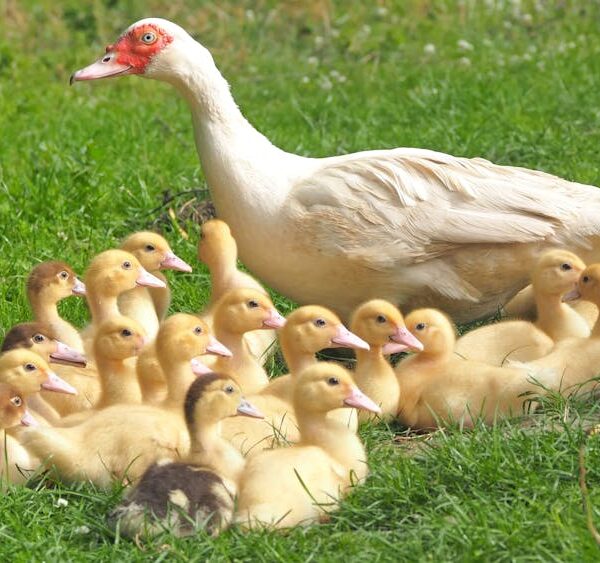Training love birds requires a considerate and thorough understanding of their unique behavioural patterns, indicators, and how these can be subtly influenced without causing distress or discomfort to these colorful parrots. Delicacy, patience, and consistency are the key to successfully training your feathered pet and establishing a trusting bond that encourages positive behavior change.
Understanding the Behavior of Love Birds
Lovebirds are intelligent and social creatures with an array of natural behaviors and instincts. To effectively train them, it is essential to first understand these behaviors and respect them. Love birds are known for their melodic singing and chirping, mating and mothering instincts, as well as their playful attitudes. Being forced to change these natural behaviors can cause unnecessary stress to your pet.
The best approach to training involves gentle introductions of behavioral modifications without imposing drastic changes. This approach fosters an environment that both respects the bird’s natural instincts and ensures its comfort whilst learning.
Building Trust with Your Love Birds
Trust building forms the foundation of training any pet, love birds included. This process involves a slow and calculated approach to allow your bird to become comfortable with your presence. Techniques such as hand feeding and minimizing potential stressors contribute to trust building.
Interpreting bird body language is another vital skill. Observing and truly understanding how your bird expresses comfort or stress will enable you to adjust your training methods accordingly. Positive reinforcement, such as using rewards, can supplement this trust-building process, yet it’s crucial to be careful to not foster dependency with rewards.
Training Love Birds Basic Commands
Once a fundamental level of trust is established, training love birds to follow basic commands can commence. Love birds are capable of learning simple instructions such as the Step Up command, where they are taught to perch on a finger or stand. The Call Back command trains the bird to arrive at a location upon hearing a specific sound or name, and The Fly to Point command instructs the bird to fly to a specific object.
Training these commands needs consistency in delivering instructions, controlled volume and tone, and specific timings. It’s necessary to maintain patience and persistence and celebrate the small milestones along the way to keep the bird’s motivation high.
Addressing and Correcting Behavioral Problems
Recognizing behavioral problems early is crucial in training love birds. Excessive chirping, biting, or refusal to Step Up are some problematic behaviors that should be addressed immediately. Methods of correction include ignoring negative behavior, providing time-outs, or using a stern, yet calm voice.
Avoid common mistakes such as negative reinforcement, inconsistency in training or imposing punishment as these can further stress and frighten the bird. Instead, foster a positive training environment that promotes learning and growth.
Advanced Training Techniques
After mastering basic commands, you can venture into advanced training techniques such as mirror training, target training, and clicker training:
- Mirror Training: This relies on the bird’s natural instinct to mirror its own conduct. By exhibiting the desired behavior yourself, your love bird is inclined to copy it.
- Target Training: This involves teaching your bird to touch a specific item (like a stick) with its beak. This technique is especially useful for teaching your bird to move to different locations.
- Clicker Training: This uses a clicker device to communicate with the bird. The clicker is used to mark the exact moment the bird does the desired behavior, which is then rewarded, thus reinforcing the behavior.
The advanced techniques require more consistency, patience, and a deeper understanding of the bird’s behavior. Be aware, they require a substantial investment of your time and energy.
Best Practices for Advanced Techniques
1. Go at the Bird’s Pace: Let your lovebird decide the pace of learning. If it seems uncomfortable with a command or technique, take a step back.
2. Maintain Regular Training Sessions: Consistency is key in any training routine. Make training a part of your daily interaction with your bird.
3. Keep Sessions Short: Long sessions can stress the bird. Start with sessions of 5-10 minutes and gradually increase if your bird is comfortable.
4. Celebrate Successes: Recognize and celebrate when your bird masters a new command or technique. This helps boost their confidence and ensures motivation.
In conclusion, training love birds is a delicate process. It requires understanding their behavior, building trust, training on basic commands, correction of behavioral issues, and advanced training techniques. With patience, consistency, and care, your love bird will learn to trust you and follow your guidance, making for a fulfilling companionship.
Key Takeaway:
- Understanding and respecting the natural instincts and behaviors of love birds are crucial in their training.
- Building trust is an essential pre-requisite for efficient training. A slow approach, hand feeding, minimizing stressors, and positive reinforcement can help establish this bond.
- Love birds can learn to follow basic commands like ‘Step Up’, ‘The Call Back’, and ‘The Fly to Point’ once trust is established.
- Behavioral problems should be identified and addressed early. Common issues include excessive chirping, biting, or refusal to ‘Step Up’. Appropriate correction methods include ignoring negative behavior and providing ‘time-outs’.
- Advanced training techniques such as mirror training, target training, and clicker training can be explored once the bird masters the basic commands. However, these techniques require more dedication, consistency, and understanding.
The art of training love birds revolves around a delicate balance of understanding, trust, and consistency. It is a rewarding journey filled with enriching experiences and deeper bonds. Remember, patience and kindness will pave the way to a successful training experience.
FAQs
Q: How long does it take to train a love bird?
A: The duration of training can vary depending on the bird’s temperament, how consistent you are with training, and the complexity of the commands. Patience is key.
Q: What if my love bird doesn’t respond to training?
A: Not all birds respond to training immediately. If your love bird isn’t responding, try changing your method or breaking down the commands into simpler steps. Make sure to always maintain a positive, stress-free environment.
Q: Can love birds learn to talk?
A: Unlike some other parrot species, love birds aren’t known for their talking ability. However, they can be trained to mimic some sounds or simple words with consistent training.
Q: What should I do when my love bird behaves aggressively during the training?
A: If your love bird is showing signs of aggression, it may be stressed or frightened. Stop the training and allow it some time to calm down. Try to identify and remove any potential stressors before resuming training.
Q: How should I reward my love bird during training?
A: The best rewards for love birds can be small treats, praises or petting. Remember, rewards should be given immediately after the desired behavior to reinforce it effectively.
Your understanding plays an essential role in training love birds. Feel free to share this article and explore more informative posts on our website for a broader insight into pet keeping and training.












